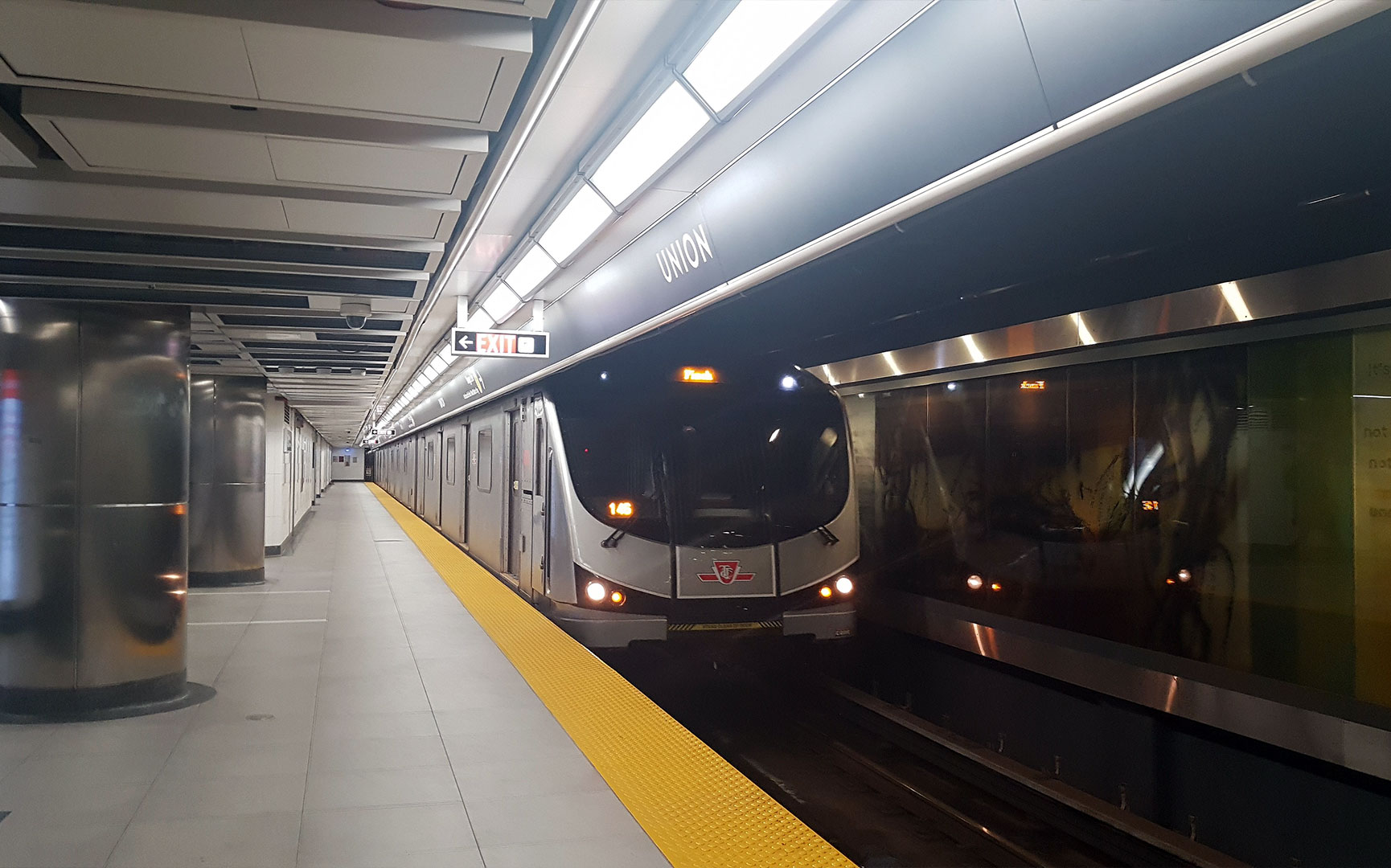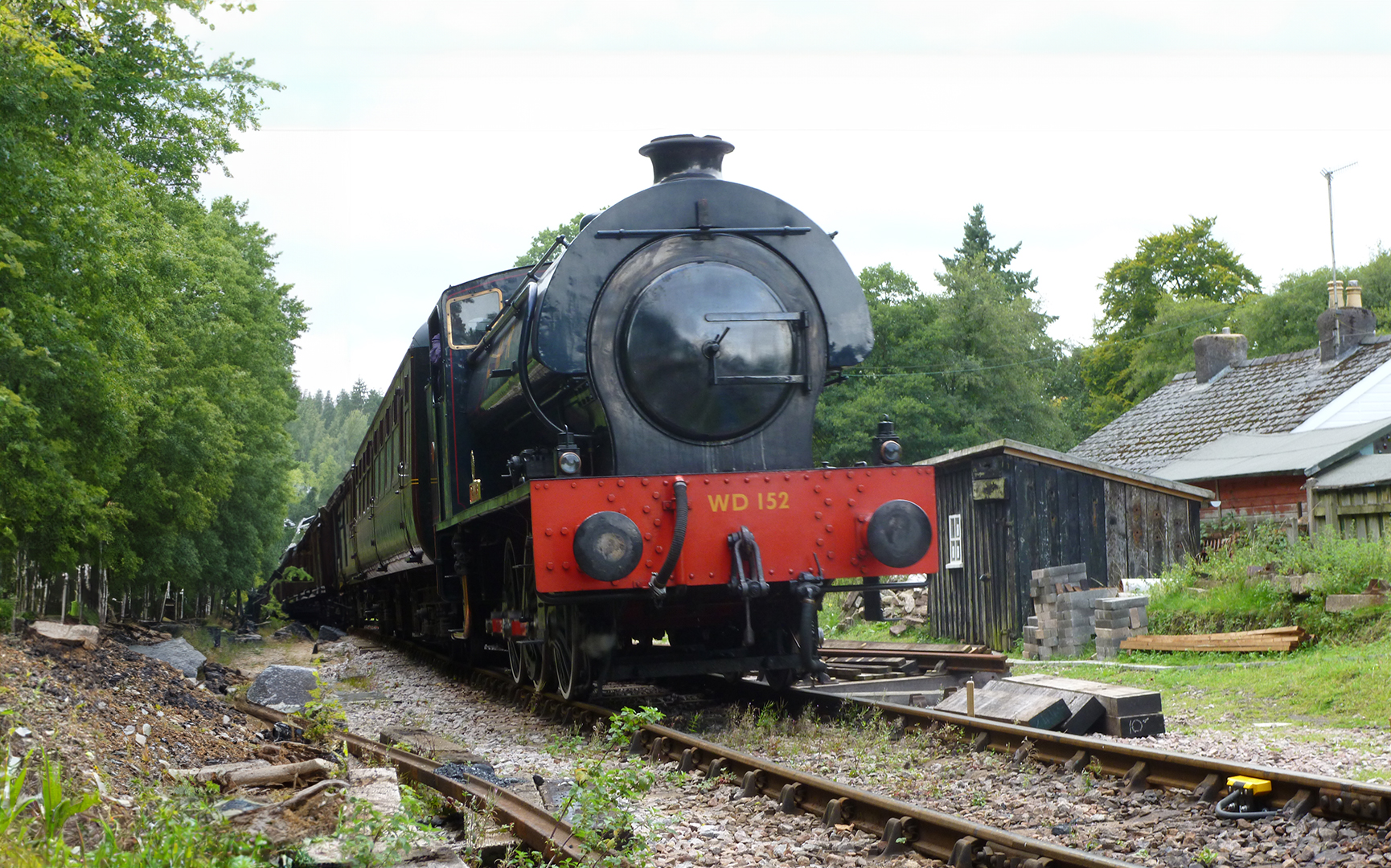Notification Center

train-detectionDenmark
Renewal signalling FAdC® and RSR123 | Denmark
Banedanmark, the Danish railway infrastructure owner, started replacing the existing signalling system in the Eastern region of Denmark in 2009 to implement the newest proven signalling technology, based on standard industrial hardware components and redundant system configurations. Uniform system interfaces should reduce signalling failures to provide a better reliability and punctuality of the entire network. For this project, Frauscher delivered the Frauscher Advanced Counter FAdC® and the Frauscher Wheel Sensor RSR123.
When replacing the existing signalling system in the Eastern region of Denmark with Alstom’s proven Atlas solution, Frauscher delivered both, the Frauscher Advanced Counter FAdC® and the Frauscher Wheel Sensor RSR123.
To ensure a complete and smooth integration of the Frauscher Advanced Counter into the design of the interlocking system, Alstom’s interface protocol FSFB2 has been implemented into the FAdC®. Due to this, all required information such as configuration files and design documentation can be generated automatically. This allows a significant reduction of the configuration and test outlay and increases the flexibility of further changes during the project without a considerable increase in additional costs.
Frauscher Diagnostic System FDS offers a software interface to allow a total integration of FAdC® diagnostics into operator’s overall diagnostic and maintenance system.
The use of the RSR123 increases the reliability in conditions of strong electromagnetic interferences. As no active electronic components are used on the trackside, the availability of this Frauscher wheel detection system is extremely high.
Reduction of life cycle costs
The preventative maintenance, optimisation of fault rectification, unrestricted online access to the axle counting system data and the minimisation of maintenance work led to a reduction in life cycle costs.
Reduction of configuration outlay
A complete integration of the Frauscher Advanced Counter FAdC® allows an automatic generation of configuration files and design documents to reduce the configuration and test outlay.
Less calibration errors
The automatic calibration process, which can be triggered remotely makes sure the user spends as little time as possible on the track and helps avoiding calibration errors.
This might also interest you

train-detectionKazakhstan
FAdC® at Vhodnaya Station | Kazakhstan

train-detectionCanada
Toronto Transit Commission | Canada

train-detection
Maintaining the past, creating the future | UK

train-detectionPoland
Metro Warsaw | Poland
